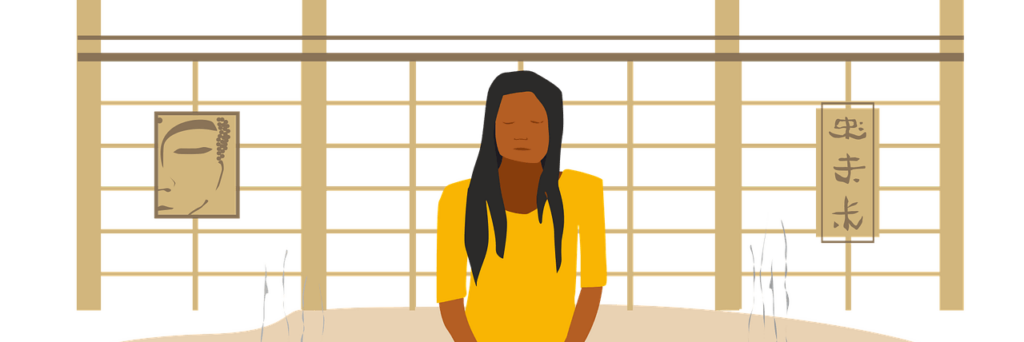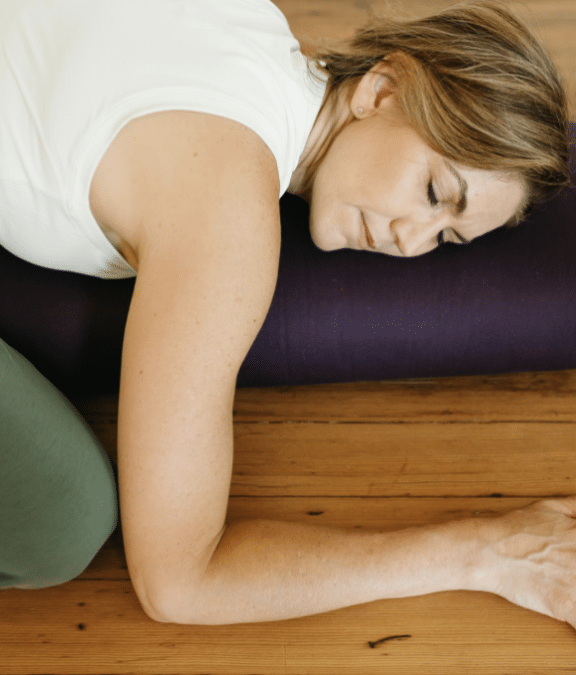Students often choose yin yoga to build flexibility, cultivate patience and reduce stress. It offers deep relaxation, relieving muscle tension while nourishing the nervous system through stillness. However, yin yoga provides benefits beyond relaxation, particularly in its impact on fascia.
Fascia, a key connective tissue, forms an interconnected system covering the entire body beneath the skin. It acts like a bodysuit, holding different structures together and serving as a framework for muscles. Without fascia, muscles would lack proper support and movement coordination. Fascia also penetrates muscle fibers, transmitting force and maintaining structural integrity.
Beyond structural support, fascia plays a crucial role in communication, housing over 250 million sensory nerves. These nerves interact with the skin, facilitate nerve and blood flow, and relay mechanical stimuli. Fascia contains six times more sensory neurons than most body parts (except the skin), acting as a secondary sense organ that influences movement, healing, and tissue repair.
In Yin Yoga, passive stretching targets connective tissues rather than muscles. Like bones, tendons, and ligaments, fascia adapts to stress, requiring gentle, sustained pressure to remain healthy. Yin poses lengthen, compress, or apply shearing force to fascial fibers, encouraging the rearrangement of collagen crosslinks and elastin. This stress enhances flexibility, increases passive range of motion, and promotes tissue hydration. Hydrated fascia reduces friction between collagen fibers, ensuring efficient nerve function, blood flow, and joint health.
As seasons transition, yin yoga fosters stability. In the northern hemisphere, spring-related poses stimulate the liver and gallbladder meridians, linked to the wood element in Traditional Chinese Medicine. This element supports growth and purpose as the body emerges from winter.
Some yin poses that support fascial health:
- 90/90 stretch aka Deer: Aids digestion, menopause symptoms, and pregnancy-related swelling.
- Janu Sirsasana aka Half Butterfly: Targets back, hamstrings, inner thigh, and groin; use support for lower back issues.
- Cat Pulling Its Tail: Opens quads, stimulates the lymphatic system, and enhances respiration.
- Supported Frog: Stretches the inner thighs and groin; adjust for knee, hip, or ankle discomfort, and use a bolster underneath you.
- Gohmukasana aka shoelace: Deep hip opener; use support for lower back concerns.
Key principles of yin yoga:
- Enter poses at an appropriate depth (60-70% of maximum stretch).
- Remain still to encourage fascia rehydration and calming the nervous system.
- Hold poses for 2–10 minutes, using props as needed for muscle relaxation.
- Never practice poses that cause pain. Poses should feel supportive and promote a calming, meditative state.
Balancing yin (cooling) with yang (heating) practices fosters internal balance and overall well-being. Integrating yin yoga enhances flexibility, hydration, and nervous system function—supporting holistic health.


